Mining started with picks, shovels, and panning in the 1800's and ending with gigantic mechanical floating dredges in the 1980's. Ipoh experienced one boom after another, hence the Old Town an the New Town, eventually becoming the capital of the state of Perak.
Evidence of Colonial rule is everywhere with British-built schools and government buildings still in use today. However, the Chinese also did well for themselves and Chinese shophouses, schools, and guildhalls, are all over.
After a long-ish hot walk from the bus station, we established ourselves at the Hotel French in the New Town.
We loved eating in Ipoh. Minutes after checking into or hotel we were eating lunch at this corner, open-air vegetarian restaurant where a plate of rice and tasty vegetarian dishes is about 5 ringget ($1.75 US). Price decided by the carefully trained eye of the owner.
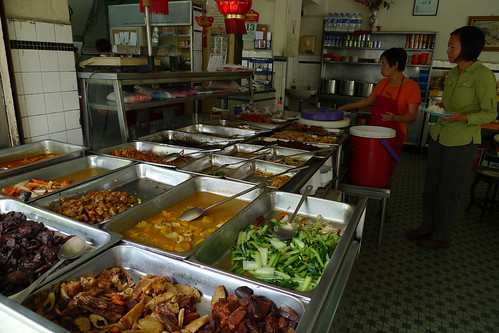
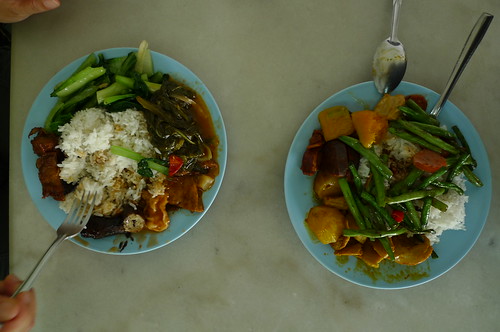
The cricket pitch at St Michael's Institution (SMI) - a secondary school.

And behind the school, Scouts practicing their lashings.
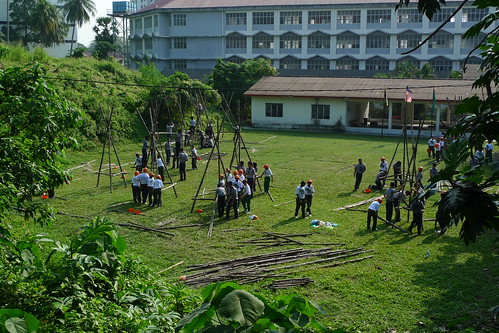
The Ipoh train station, designed by Arthur Hubbard in Neo-Moorish style (circa 1917).

There are several efforts by locals to revitalize the Ipoh Old Town. Plan B, an "edgy alternative" to traditional coffee bars and shops; located in heart of Old Town; aiming at drawing the younger crowd and tourists.....


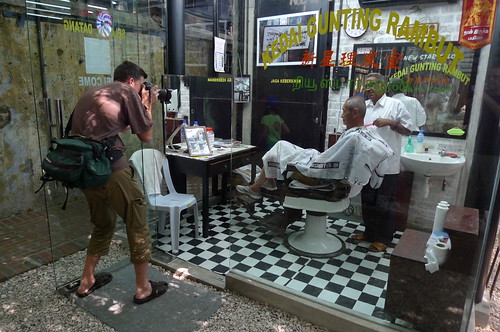
.....and there is ipohWorld who are currently presenting a Tin Mining Exhibition in the renovated Han Choo Pet Soo Miner's Association building in the Old Town. We took the free guided tour. It was awesome.

Recreation of the Miner's Dining Room.
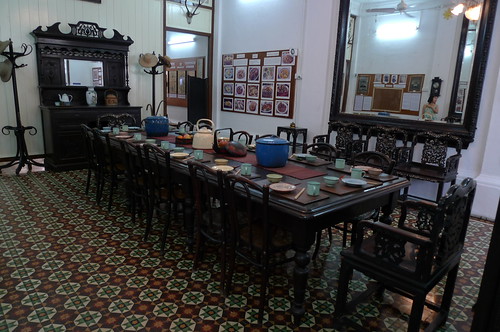
Tin ore ready to be bagged and shipped to Singapore.

"Members only" gambling room.
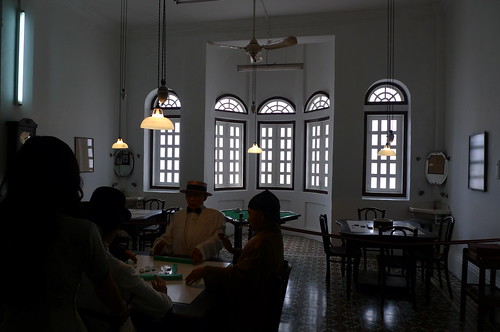
Chinese shops in Little India were full of shoppers buying Chinese New Year gifts.
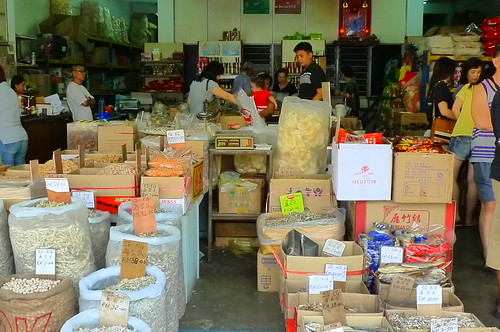
Plus the usual sari shops, jewelry, and wedding planning stores.
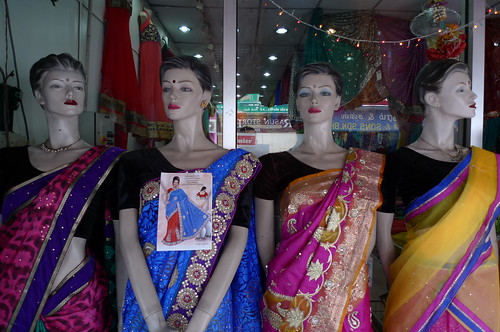
Arcaded Chinese shophouses line the streets of the Old Town.
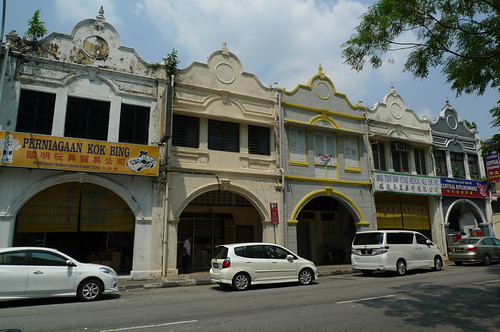
Row houses in the New Town.
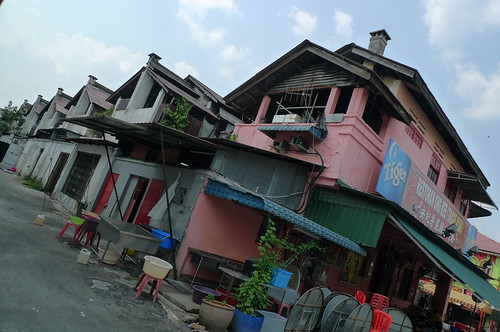
And a couple of Art Deco buildings in the New Town - both theaters.
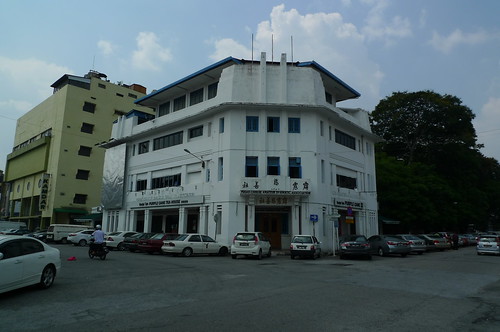
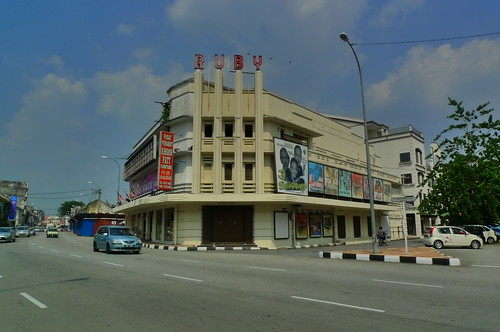
A non-vegetarian Chinese open-air, corner, restaurant; found all over Ipoh.
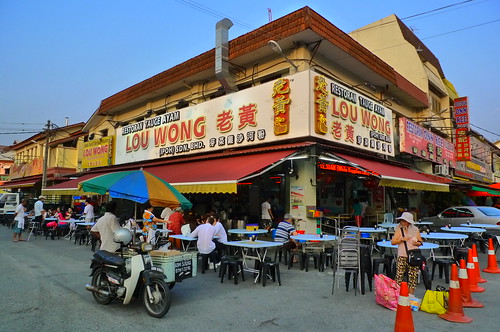
Vegetarian eats at Restoran Sayur Sayuran Yun Ji. Most tasty was the pile of mushrooms and fried potatoes in sweet and sour sauce.
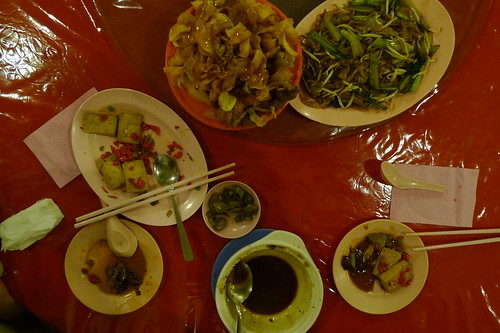
The Cathy Theatre near our hotel.



2 comments:
Sort of silly, but you sent me to Wikipedia for "tin". Of course, I know "tin can" but not of all the alloys. So the colonials came here for tin? And to build these classic buildings.
The Art Deco buildings are beautiful.
Post a Comment